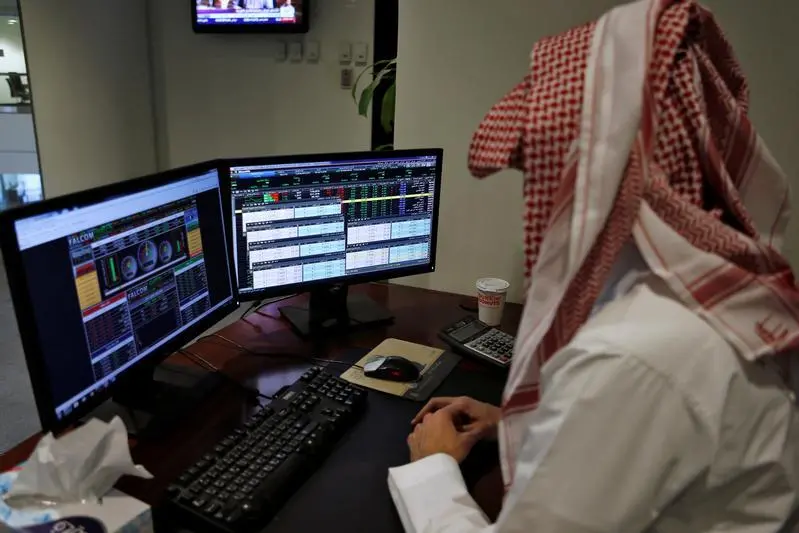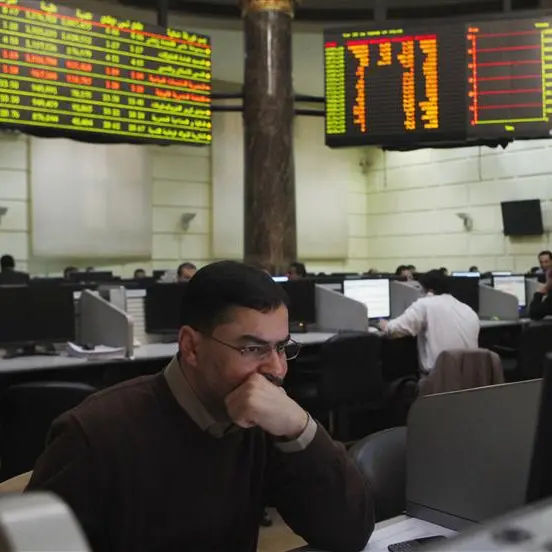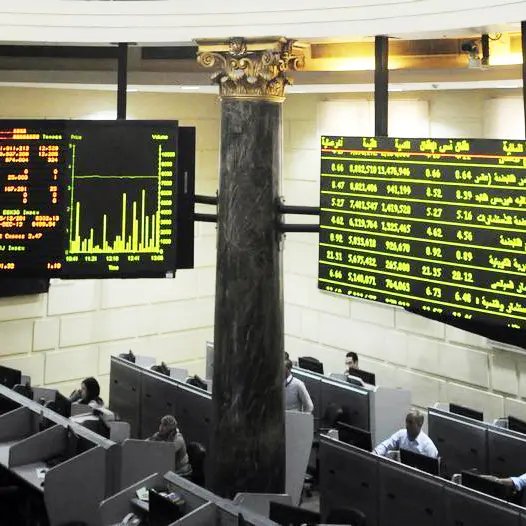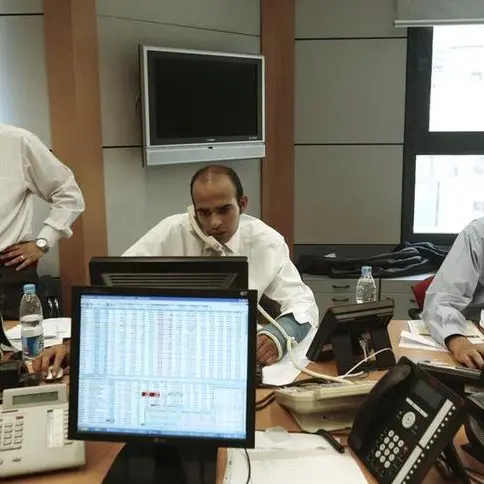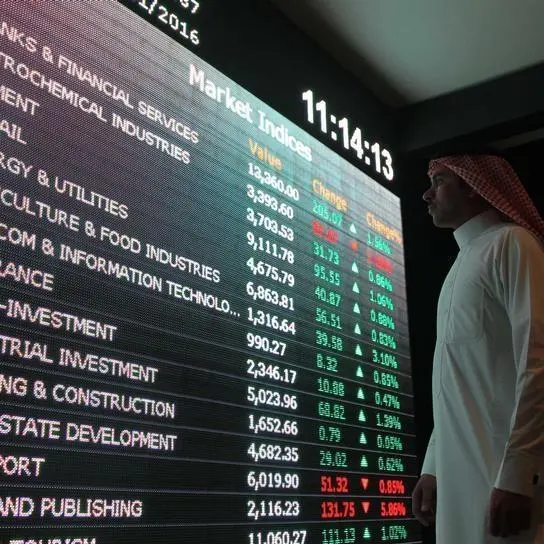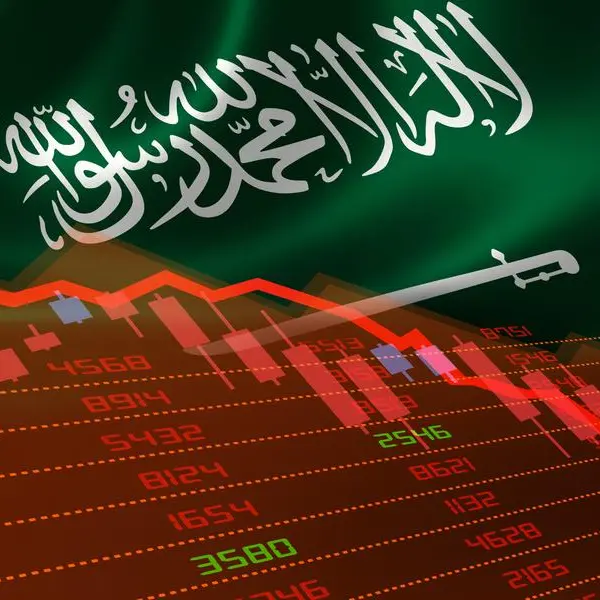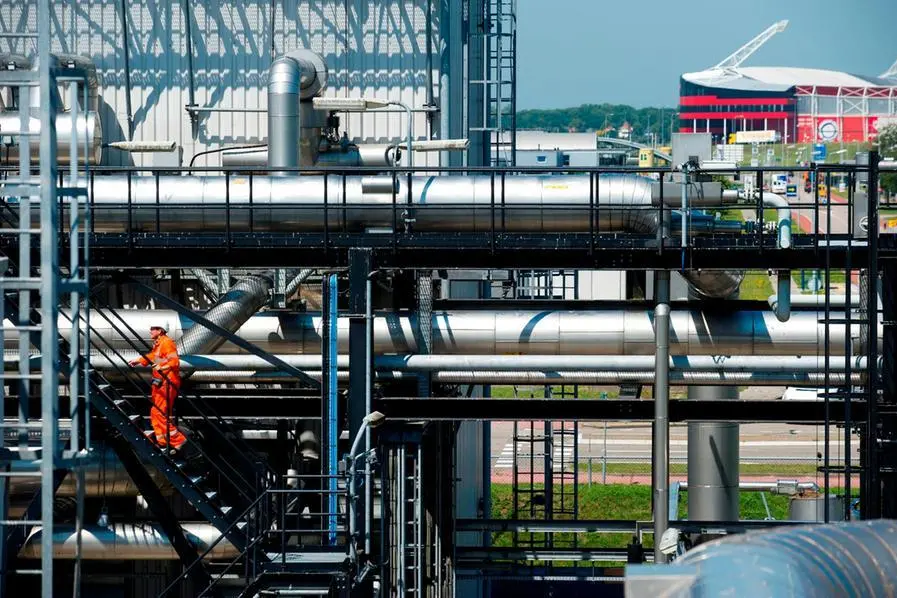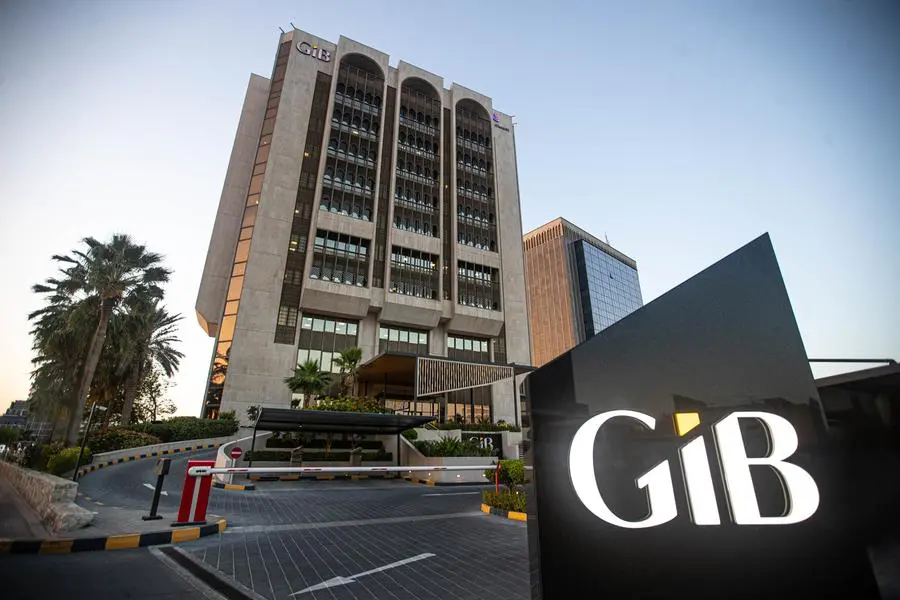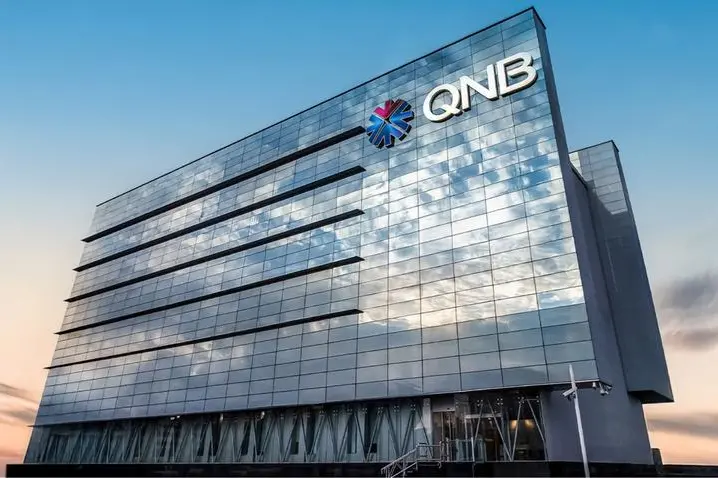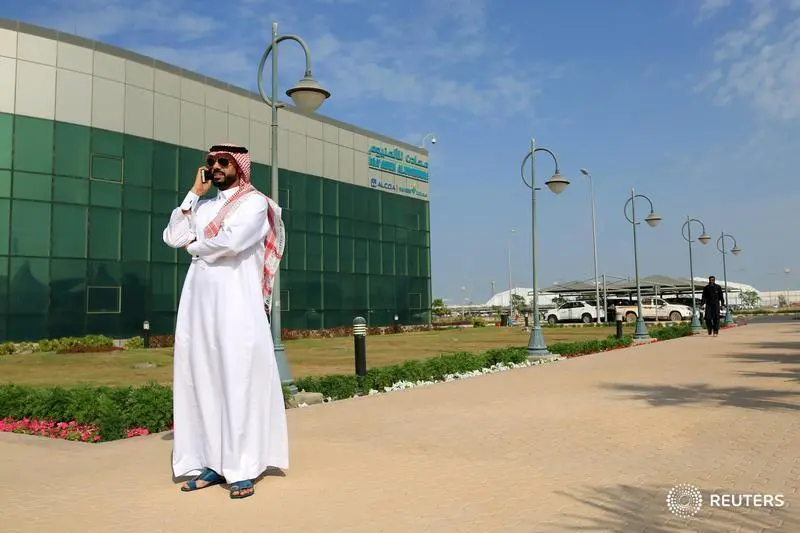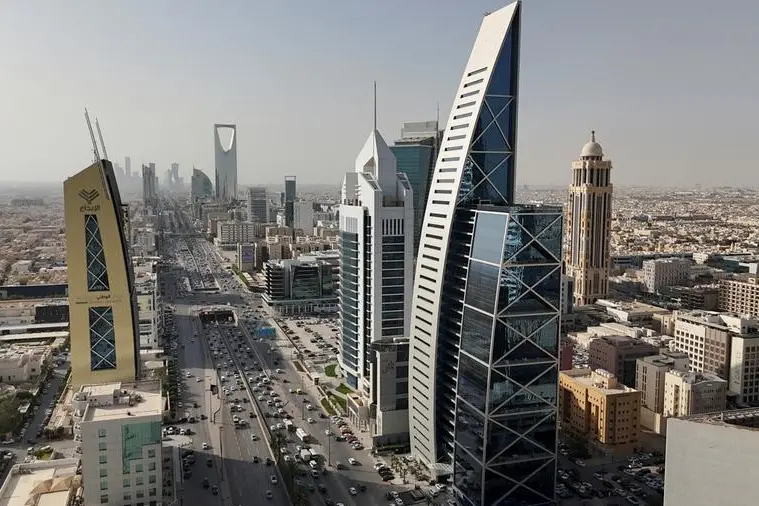PHOTO
Riyadh: The available funds (liquidity) in the Saudi economy have marked a record year-over-year growth rate, increasing by 8.7% to SAR 2,906,636 million (over SAR 2.906 trillion) by the end of August 2024, compared to SAR 2,674,476 million (over SAR 2.674 trillion) in the same period in 2023.
These levels reflect the broad money supply (M3) as reported in the Saudi Central Bank (SAMA) monthly statistical bulletin for August 2024. Liquidity levels achieved a monthly growth of around 1.3%, with an increase of about SAR 36.848 billion compared to the end of July 2024, when it stood at SAR 2,869,788 million (over SAR 2.869 trillion).
From the year's outset, liquidity achieved a growth rate of 6.8%, escalating by over SAR 185.678 billion from SAR 2,720,957 million (over SAR 2.72 trillion) at the close of January. These robust liquidity levels serve as a catalyst for the economic and commercial framework, contributing to positive rates in the economic development process.
Breaking down the four components of the broad money supply (M3): demand deposits constituted the largest contributor at 49.5%, totaling SAR 1,437,365 million (over SAR 1.437 trillion) by the close of August. In the same period, time and savings deposits amounted to SAR 929.659 billion, making them the second-largest contributor at 32%.
The third major contributor to broad money (M3), estimated at 10.8%, was other quasi-monetary deposits, reaching SAR 313.220 billion. Finally, currency in circulation outside banks stood at SAR 226.392 billion, constituting about 7.8% of the total.
Quasi-money deposits encompass residents' deposits in foreign currencies, deposits secured by letters of credit, ongoing transfers, and repurchase agreements (repos) conducted by banks with the private sector.
Domestic liquidity comprises M1, which includes currency in circulation outside banks along with demand deposits exclusively; M2, consisting of M1 plus time and savings deposits; and broad money M3, encompassing M2 along with other quasi-money deposits.
